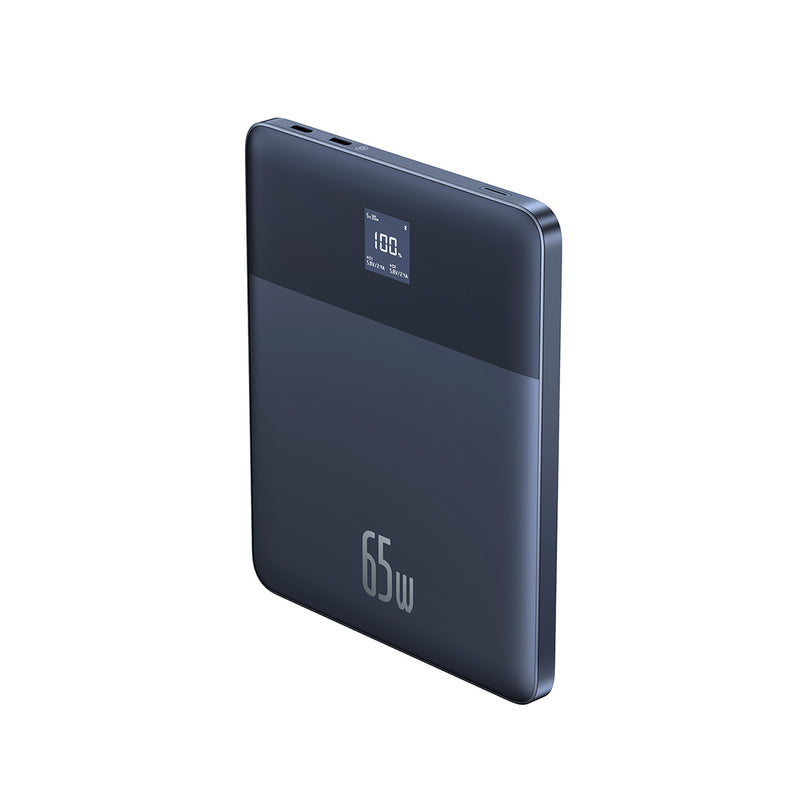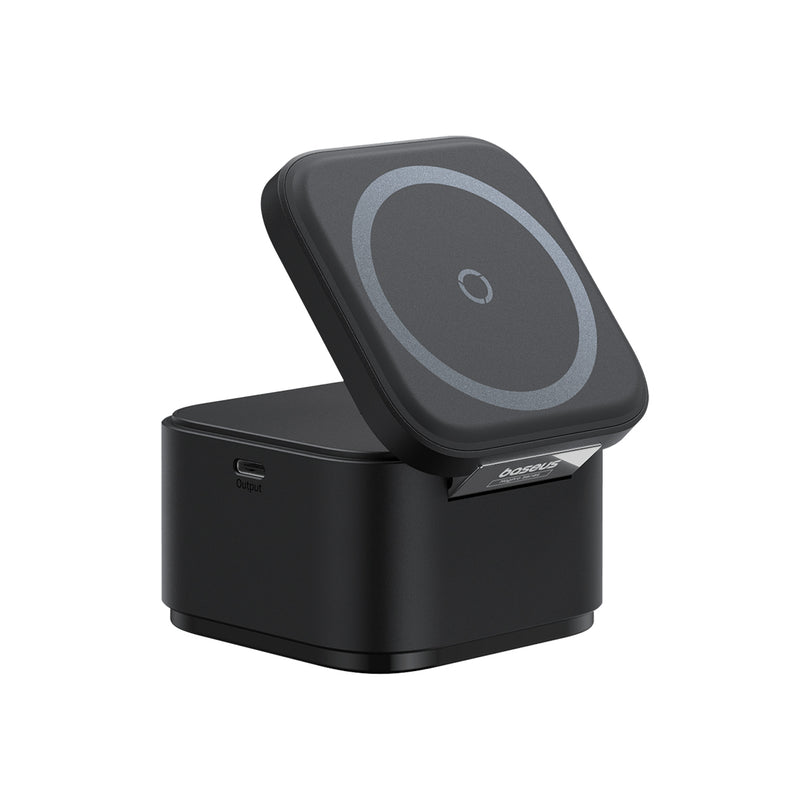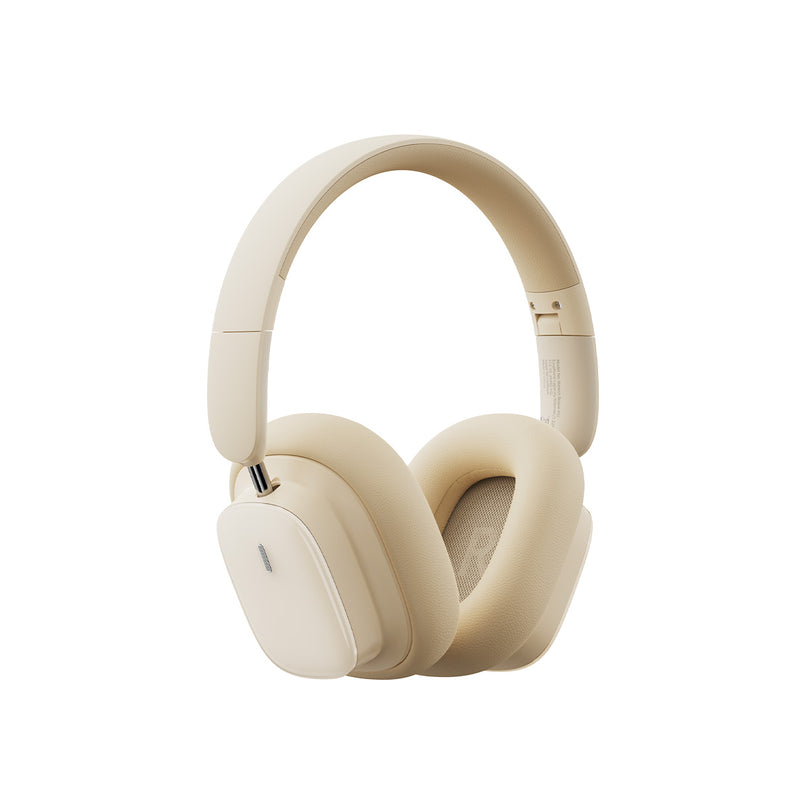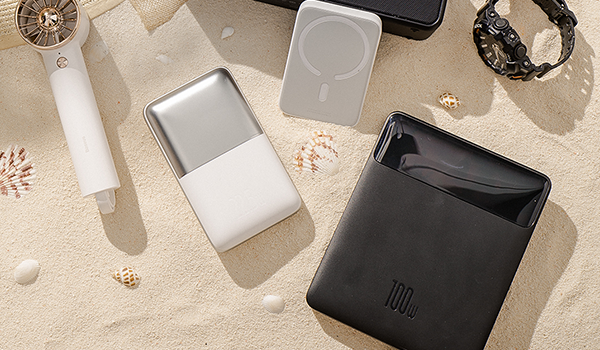Who hasn’t been in a situation where they want to use their phone to make a call, send a quick text, look something up, or find a way to kill time but realize the device battery is almost dead? This is especially hard when you are using your regular charging cords, which can take a while to fully charge your device.
More people have been turning to fast charging methods to help speed up the charging process and make their devices usable more quickly. But there are some misconceptions about exactly what fast charging is and how it works to charge your device.
Here we will fully explain what fast charging is, explore the frequently asked questions about fast charging, and demonstrate the best fast charging products to help charge your personal devices.

What is Fast Charging?

Put simply, fast charging is simply increasing the number of watts (W) that are input, either by the charging cord or by the magnetic force of a fast wireless charger, into a phone’s battery.
Typically, a standard USB port sends 2.5W to the connected device, but fast chargers raise this amount by having typically 15W power bricks that are connected right out of the box. However, some manufacturers have 50W, 80W, and 100W chargers available.
There is a formula for charging to prove just how much more power is being delivered to the device and how quickly. The wattage, or power, is calculated as a result of current (or amperes, signified by the letter A) multiplied by voltage (or volts, signified by the letter V).
The current is the amount of electrical current being transported through the power bank, while voltage is the force that drives that current forward through a charging cord or through a magnetic force. Looking at an example, a 3A/5V charge will deliver 15W of power.
How Does Fast Charging Work?
One thing you may notice as you search for a good fast charging power bank or cord is that a good number of manufacturers will tout their ability to do a quick partial charge, such as being able to charge anywhere between 50-80% of the battery within half an hour.
This is due to the way the rechargeable lithium-ion battery inside smartphones receives power. If you’ve ever taken the time to monitor the way that a battery fills up, you’ll notice that the speed of charging will get progressively slower over time.
The charging process takes place over 3 stages, outlined here:
- Stage 1 – Constant Current. The voltage increases towards its peak while the current remains constant at a high level. It is during this phase that a large amount of power is quickly delivered to the device.
- Stage 2 – Saturation. During this phase, voltage has reached its peak, and the current drops down.
- Stage 3 – Trickle/Topping. The battery is now fully charged. During this phase, power will either slowly trickle into the device or will periodically charge a low “topping” amount as the phone continues to consume battery.
The amount of power distributed and the duration of each process depend on the fast-charging standard.
A standard is an established charging process that corresponds to a particular device, charger, and power output. Different manufacturers will develop various charging standards that are capable of varying outputs and charge times for a plethora of devices, so it is best to shop around and make judgments on what fast charging charger will work best for you.
Does Fast Charging Affect Battery Life?
There is some misconception about charging and how it can impact the long-term use of the device because fast charging will negatively affect the battery life of the device. This is not entirely true.
The reason why this is a common thought is because the more power that is being delivered to your device, it is also delivering an increased amount of heat to the device’s battery. High amounts of heat and prolonged exposure to this heat can be damaging to the device’s battery.
However, fast charging has different phases that deliver different amounts of heat and level off that heat when the device is charged so that it inherently will protect the battery of the device. Many smartphones also have built-in capabilities with fast charging where if the device is getting too hot, it will automatically turn off the fast charging features.
This also means that your phone itself will not be damaged by the effects of fast charging. The only thing that may impact the device is that it will be hotter to the touch than normal when charging it, but it will not damage it unless there is a bad charging technique or using a faulty charger.
How to Identify Fast Charging Cable
Fast charging is a great technique. However, not all cables have the capability to deliver a fast charge. Commonly, cables like a USB-C are fast chargers, but not all of them are able to do so. A couple of common questions that come with this fact are “Are all USB-C cables fast charging?” and “Does USB-C charge faster than a normal charger?”
It is important to acknowledge that a charging cable is only one part of the fast charging equation. The AC adapter—or “charging brick”—also needs to support fast charging capabilities. If you are not using a fast charging AC adaptor, then your phone will not charge any faster, even with the fast charging cable.
If your phone supports one of the several fast charging standards, it probably came with an AC adapter and cable that enables it. If not, you can check which fast charging standard your device supports and find compatible accessories.
Are All USB-C Cables Fast Charging?
There are a few ways to check if a cable supports fast charging. Firstly, check the packaging of your phone or find an online listing for your device model and see what it says is included in the box.
If your phone originally came with a fast-charging USB-C cable, the specifications of that particular cable will be listed on the box or online. Sometimes the listing will simply say “Fast Charging.” Other terms to be aware of that indicate the same thing include “Adaptive Fast Charging,” “Quick Charge,” and “USB PD” or “USB Power Delivery.”
Another easy thing to inspect is the thickness of the cable. Fast-charging cables tend to be a bit thicker than average charging cables but may not be noticeable at first glance.
Generally, a good rule of thumb is to stick with USB-C cables and adapters that are made specifically for your phone model. This is an easy way to ensure you’re getting the fastest speeds possible. Remember that not all USB-C cables are created equal, so be cautious with what you use.
Fast Charging Devices Type
There are several different types of devices that have capabilities of fast charging beyond the typical charging cord and plug-in wall unit. If you prefer that, we suggest items like our Baseus PowerMega 3 Ports Fast Charger and Baseus Cable USB-C to USB-C Cable.
These are some examples of the most common fast charging devices and what features we offer with each device.
Fast Charging Power Bank

Our Baseus Adaman Power Bank can charge up to 3 devices at a time.
Equipped with one 65W PD USB-C port and two 30W QC USB-A ports to ensure you can charge your laptop and phone at top speeds simultaneously.
Fast Charging Power Strip

Our Baseus GaN3 Pro 6 Ports Power Strip is multifunctional and offers a flexible charging experience.
With one USB C Charger, you can charge up to six devices. With 2 outlets, 2 USB-C PD ports, and 2 USB-A PD ports, this strip is made to charge 6 devices simultaneously via a Dynamic power allocation without sacrificing a drop of power.
Fast Charging Car Charger
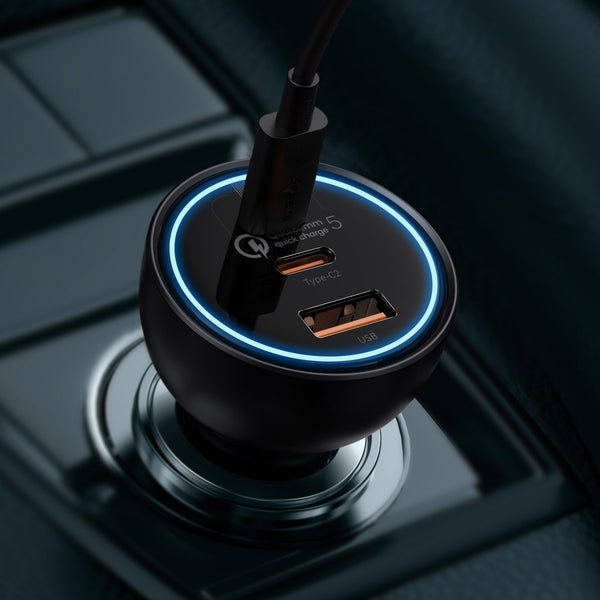
Fast car chargers are increasing in popularity as more folks are charging their phones on the road. They are really helpful for long car rides where you need your phone to act as a GPS.
Our Baseus USB-A+USB-C Car Charger charges not only phones but also laptops directly from your car’s charging station. When this MacBook/Samsung/iPad Pro car charger rapidly charges for 3 devices simultaneously, USB-A port outputs 30W while the USB-C Port outputs 100W.
It is a universal fast car charger capable of working with USB-C, and USB-A powered devices, including iPhone, iPad Pro, MacBook/MacBook Air/MacBook Pro 13", Galaxy S20/S10/S9/A90/A80/A71/Note 10/Note 9/Note 8, Lenovo Yoga 920, Dell XPS 13/Inspiron, HP Spectre x360, Surface Go Tablet, Google Pixelbook, Pixel 2/3/3a/4 (XL), HUAWEI P20/P30/Mate 20/Mate 30, and the Nintendo Switch.
Conclusion
No matter when you need your phone to charge, it is always better to charge it faster with the capabilities of fast charging.
We want to help you with all of your charging needs! Want to know more about the charging products we offer and which one is right for you? Check out our charging accessories catalog to see our full range of products.
 United States/English
United States/English




